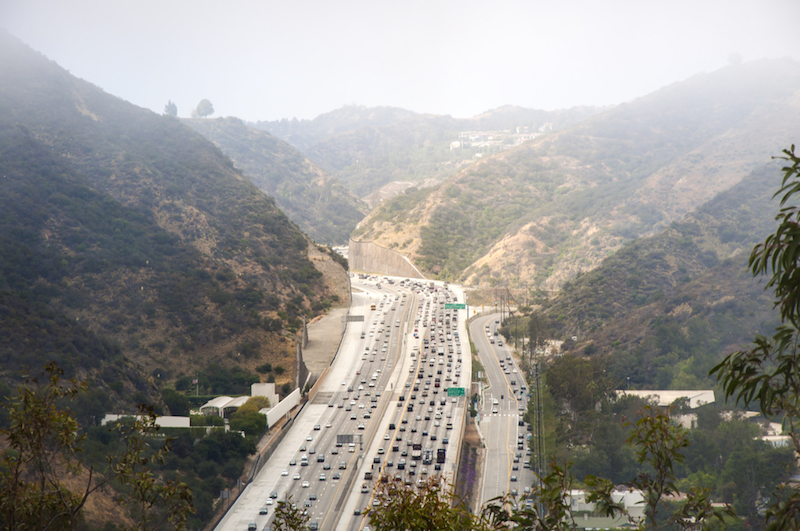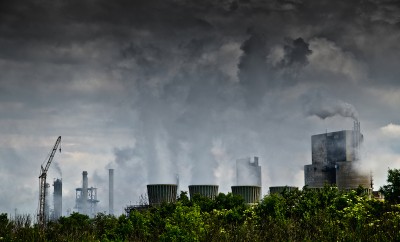Environment
California eyes new power source generated by highway traffic

Image: arsija/Shutterstock
Heavy California highway traffic may actually be useful as a new power source, according to some scientists. The California Energy Commission, which is providing $2 million to study the prospective new source, thinks it’s likely. Since science already proves the technology itself works, the only question remaining is whether it’s possible to utilize the new source in a cost-efficient way. California universities and companies are being selected by the Commission for field testing now.
Apparently there are small crystals, called piezoelectric crystals, which produce energy when compressed by the weight of highway traffic passing over them. Their efficiency as a power source would require the measurement of how effective the crystals’ energy, after being released in the form of an electric current via compression, then gathered to a central grid, would actually be.
The new power source would place small “transducers” under road pavement to “capture the energy produced by vibrations that vehicles in busy highway traffic generate as they move across surfaces. The energy could power the roadsides, and if harnessed well, be fed directly into the power grid.”
If successful, the technology could assist California with the state’s goal of 50% renewable energy by 2030, which is the aspiration of scientist and former director of UCLA Center for Climate Change Solutions, Paul Bunje. Bunje shares his contention that driving a vehicle can now potentially be viewed as more than just an act of using energy. “Maybe it’s also part of the process of generating it,” Bunje says.
But some see negatives attached to the possible power source of highway traffic as well. Other countries and regions have attempted similar projects and failed, including Tokyo, Italy and Israel. Concerns about the durability of the transducers and other necessary equipment are also being discussed by University of Washington professor Joe Mahoney. Mahoney states,“One would need to consider which would last longer: the pavement or the devices.” Since highways require new surfacing between every ten and thirty years, the technology may or may not make sense to implement financially.
Although there are plenty of naysayers, Bunje still holds out hope for the project. The $2 million utilized will be provided through the California Public Utilities Commission, a renewable investment fund. Bids will be accepted until November 18th, after which the commission will make their determination and announce the winning contract in the spring of 2017.
Bunje insists failure is common in early attempts at new technology, and adds, “Innovation comes with risk,” he said. “There is a general rule that you don’t know what is going to work. Regardless of the risks, it’s worth trying new things.”





0 comments